On June 18, Dr. Le Phuc Lien, Head of the Female Urology Unit, Center for Urology - Nephrology - Andrology, Tam Anh General Hospital, Ho Chi Minh City, said that after performing a 768-slice computed tomography (CT) scan of the abdomen, the patient's right kidney was found to have a very large tumor, measuring 10x11cm. The tumor caused the right kidney to expand from a bean shape to a papaya-like shape, twice the size of the left kidney.
According to Dr. Lien, although the tumor was large, it was located in the retroperitoneal cavity and did not compress surrounding organs, so the patient did not feel pain or have any unusual symptoms before.
The patient was diagnosed with stage 2B kidney cancer, which means it is still localized, has not invaded the renal capsule or lymph nodes, and has not metastasized to distant sites. The tumor can be completely removed for treatment. However, because the tumor is too large, laparoscopic surgery is not possible and open surgery is required.
After completing the anesthesia and sterilization, the surgical team began to make a 15cm diagonal incision under the right rib, carefully dissecting and expanding the surgical area. After lowering the hepatic flexure of the colon, expanding the space to access the kidney, the doctor continued to dissect and expose the renal pedicle to find the renal artery and vein to clamp, maintain the blood supply to the kidney, and avoid bleeding when cutting the kidney. However, when approaching the renal pedicle, the doctor noticed that the patient's right renal artery had many branches.
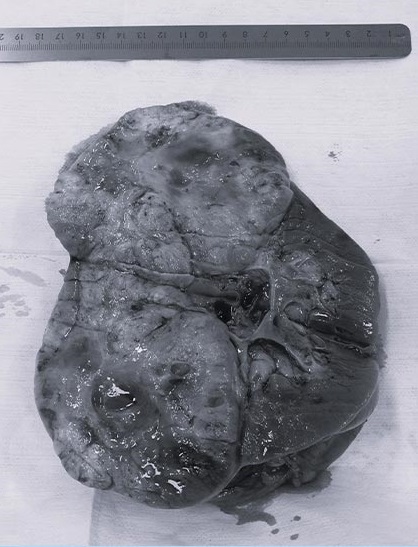
Large tumor after being removed from the patient
Dr. Lien explained that the renal artery is the sole blood supply to the kidneys, adrenal glands, and ureters. Normally, the renal artery begins to branch into two branches when it reaches the renal hilum, then divides into smaller branches throughout the kidney. However, in about 10% of cases, early branching occurs in the renal artery.
"This requires the doctor to carefully check when clamping the renal pedicle so as not to miss any blood vessels. If even one blood vessel is missed, when the kidney is removed, it will cause bleeding, causing the patient to lose a lot of blood," the doctor analyzed.
Less than 20 minutes after clamping the renal pedicle, the entire right kidney with the tumor was removed. Observation showed that a part of the kidney was enlarged due to the tumor, making the kidney look like a papaya.
The doctor took the collected specimen and sent it for testing. The pathology results of the right kidney tumor showed clear cell carcinoma, the most common type of kidney cancer, accounting for 80%-85% of cases.
Three days after surgery, Ms. V. recovered quickly, had little pain, ate normally and was discharged from the hospital.
Pay attention to symptoms of long-term lower back pain, blood in urine, loss of appetite
According to Dr. Lien, the patient has only one kidney left, so she needs to pay attention to controlling her diet and water intake to avoid overloading the remaining kidney, leading to impaired kidney function. Ms. V. also needs to limit strenuous exercise, avoid hip injuries, which can easily damage the remaining kidney. She needs to have regular check-ups in the first 2 years so that the doctor can monitor and assess the risk of cancer recurrence.
"If you have symptoms of long-term back pain that does not go away, blood in the urine, loss of appetite, unusual weight loss, etc., you need to go to the hospital immediately. People with a family history of kidney cancer in both kidneys need to be screened for kidney cancer early because it can be hereditary," the doctor advised.
Source: https://thanhnien.vn/kham-suc-khoe-tong-quat-phat-hien-than-phai-co-khoi-u-rat-lon-bien-dang-185240618104447439.htm



![[Photo] 60th Anniversary of the Founding of the Vietnam Association of Photographic Artists](/_next/image?url=https%3A%2F%2Fvphoto.vietnam.vn%2Fthumb%2F1200x675%2Fvietnam%2Fresource%2FIMAGE%2F2025%2F12%2F05%2F1764935864512_a1-bnd-0841-9740-jpg.webp&w=3840&q=75)
![[Photo] National Assembly Chairman Tran Thanh Man attends the VinFuture 2025 Award Ceremony](/_next/image?url=https%3A%2F%2Fvphoto.vietnam.vn%2Fthumb%2F1200x675%2Fvietnam%2Fresource%2FIMAGE%2F2025%2F12%2F05%2F1764951162416_2628509768338816493-6995-jpg.webp&w=3840&q=75)



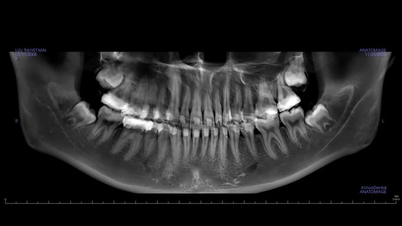

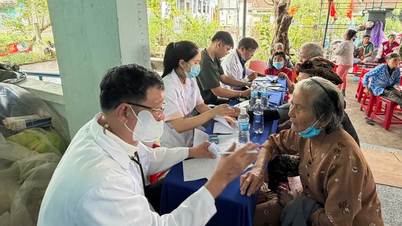



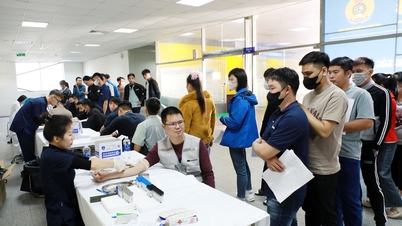

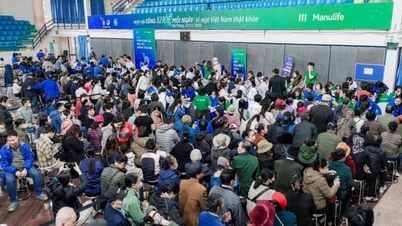

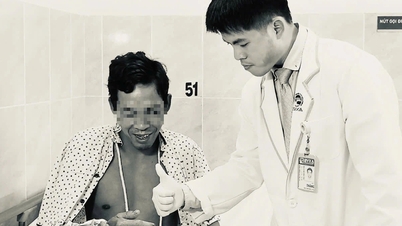


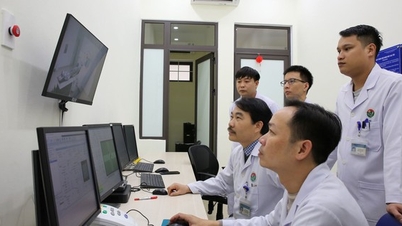



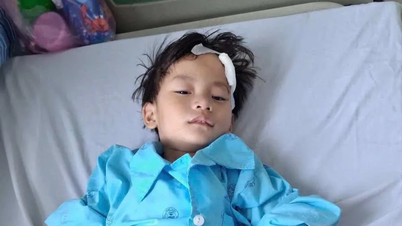
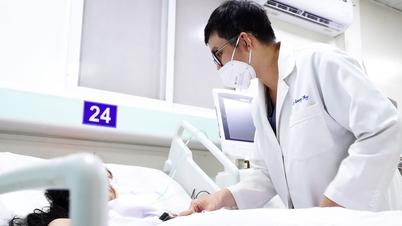









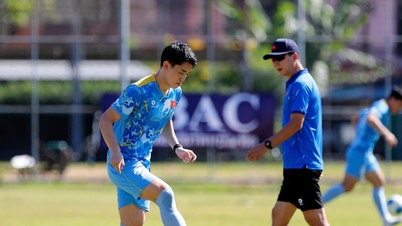
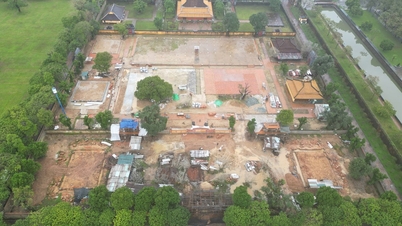






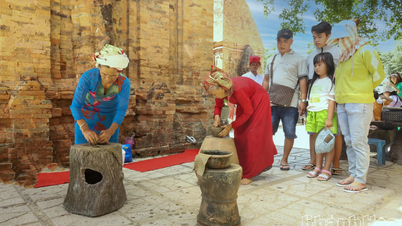













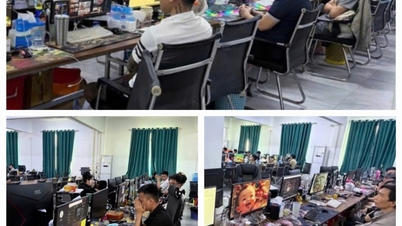













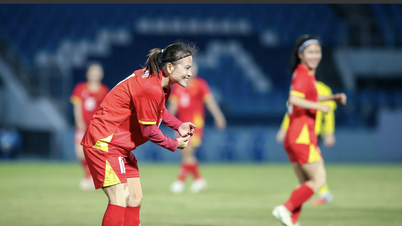









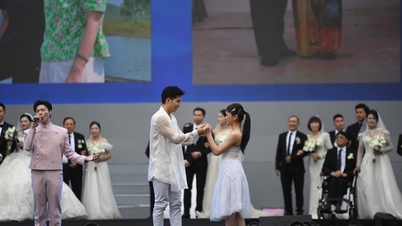
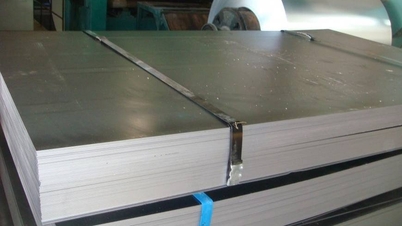





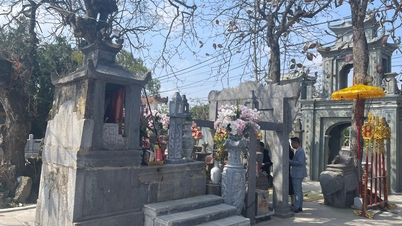




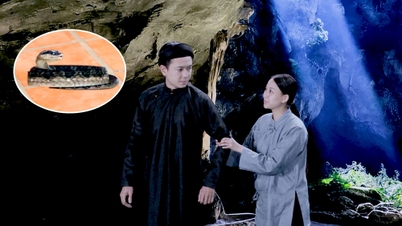


















Comment (0)